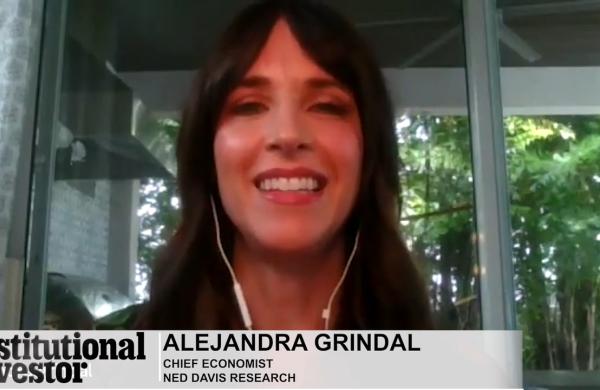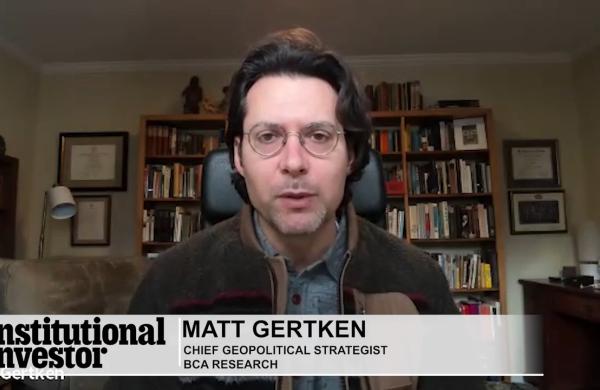U.S. pension funds scouring the land for real estate may now have an alternative to bricks and mortar or real estate investment trusts. Last October, Credit Suisse came out with the U.S. market’s first derivative based on commercial property, and since then the Swiss bank has completed two deals, with a combined notional value of $35 million. It’s close to doing a third, reports Jeffrey Altabef, the bank’s managing director for real estate finance and securitization.
The bank’s property derivatives offer real estate exposure through a swap based, in an exclusive arrangement, on the return of the National Council of Real Estate Investment Fiduciaries index.
“The U.S. market for property derivatives is potentially huge,” contends Altabef. “A staggering number of institutional investors would like to put money into real estate but can’t find a suitable investment.” In a 2005 survey the Pension Real Estate Association found that 77 percent of its members were below their equity real estate allocation target.
The U.K. has had a going property derivatives market for several years. Trades are typically tied to indexes from Investment Property Databank, a London-based research and data provider.
Industry observers estimate U.K. trading volume last year at $1.5 billion to $1.9 billion, and say it could more than double this year as the market becomes more established and liquid.
Says Paul Ogden, who heads property derivatives development for a joint venture in London between commercial real estate consultant CB Richard Ellis and derivatives broker GFI Group: “What we need, and what we are starting to see, is the influx of big institutions with very large property positions. That will add more depth to the market.”
In the U.S., Credit Suisse’s commercial real estate derivatives operation is the only game in town for investors. But New York–based GFI says it’s close to establishing a collaboration with a commercial real estate company to also offer property derivatives in the U.S., as it does in the U.K.
Investors can use property derivatives to gain relatively inexpensive exposure to real estate and to hedge risk. They could, say, reduce relative exposure to apartments by adding it in retail properties.
“The underlying asset class is the biggest in the world,” notes Philip Barker, vice president of real estate derivatives at GFI’s home office. “The applications of real estate derivatives are well understood.”
For the moment, however, the U.S. market is tiny and illiquid. That is “obviously” going to be an issue for investors, says Alex Dewey, who was hired recently by the London capital markets group of U.S.-based real estate services firm Cushman & Wakefield to advise corporate clients on the derivatives market. “But once you get to that point of critical mass with the derivatives market, liquidity becomes less of an issue,” he argues. “I believe we’ve reached that point already.”
GFI’s Barker is only a little more circumspect. “I sense that the next six to 18 months are going to have a very strong multiplier effect in terms of profile and participation,” he says. “We think that the growth is going to be exponential.”
Not everyone, though, is convinced of that. “I like derivatives,” says Kenneth Rosen, professor of real estate and urban economics at the Haas School of Business at the University of California, Berkeley, and chairman of Rosen Real Estate Securities, which runs a hedge fund. “The only problem is they are expensive. But as more and more people do it, the liquidity will be better and so will the pricing.”





